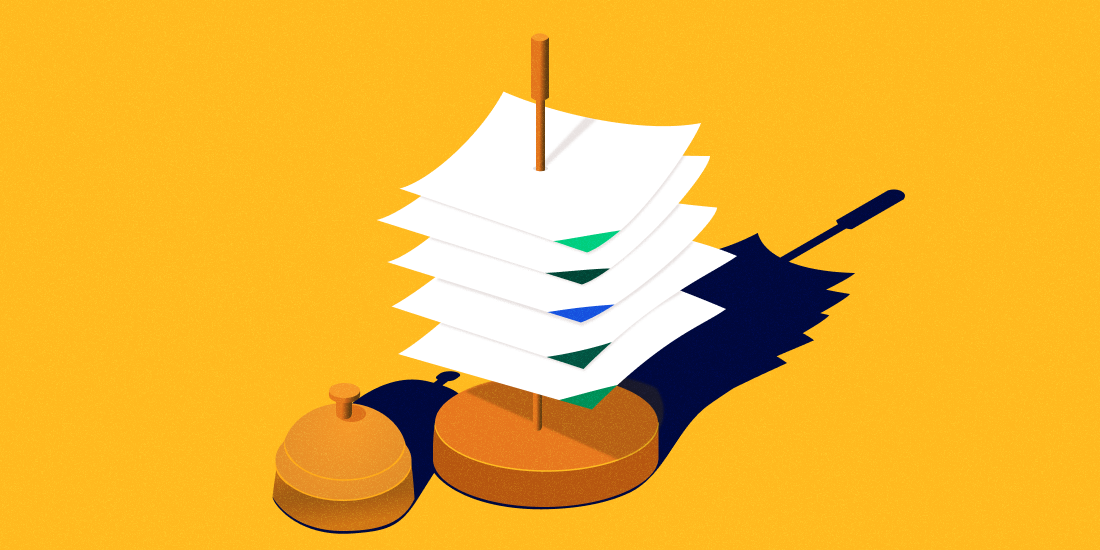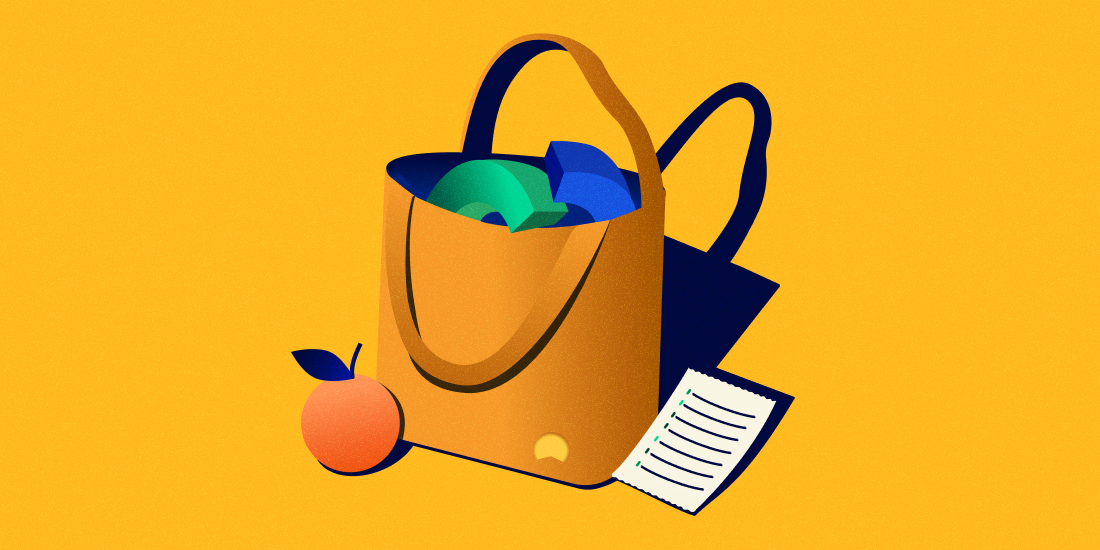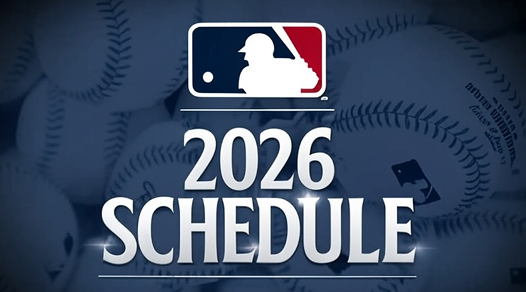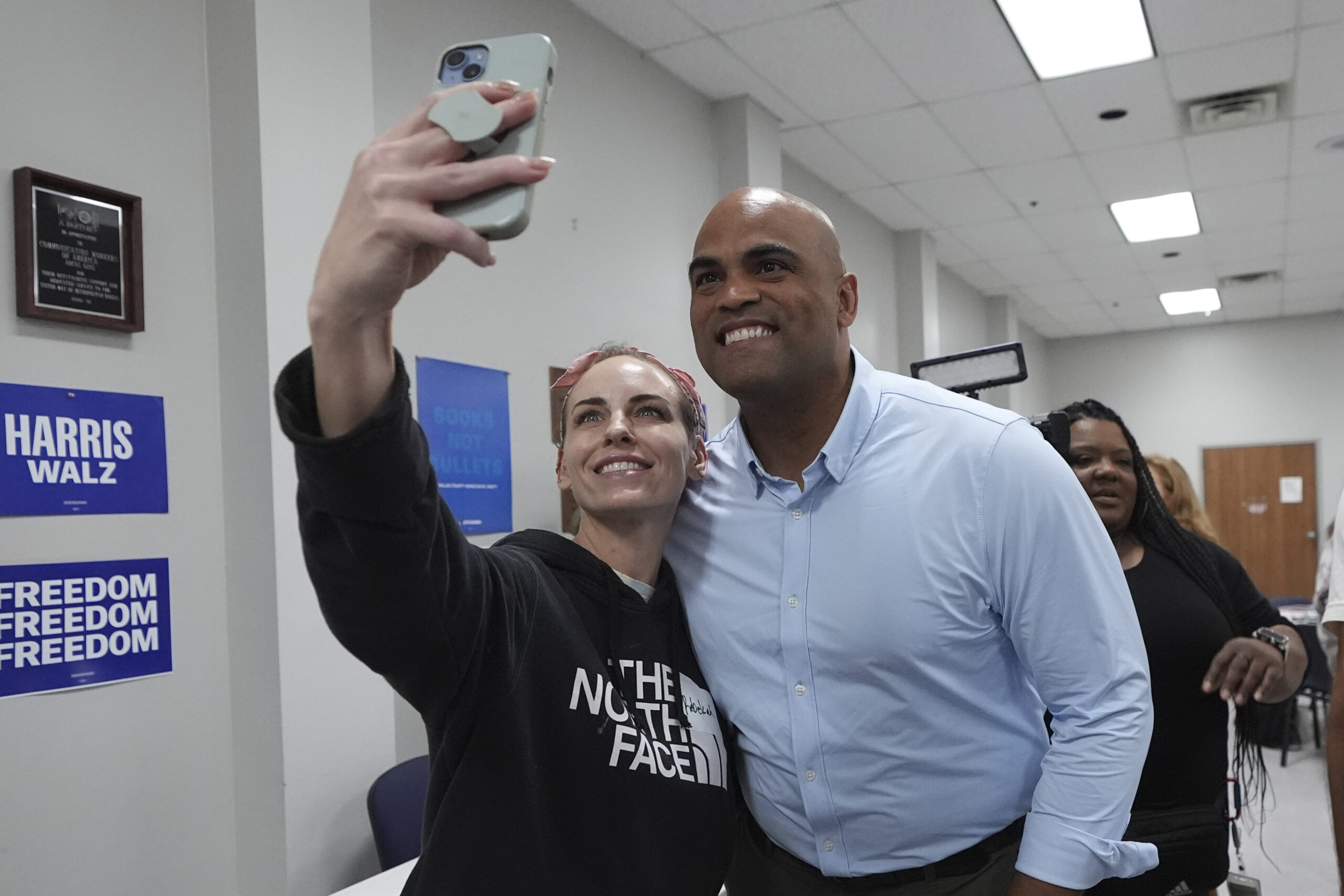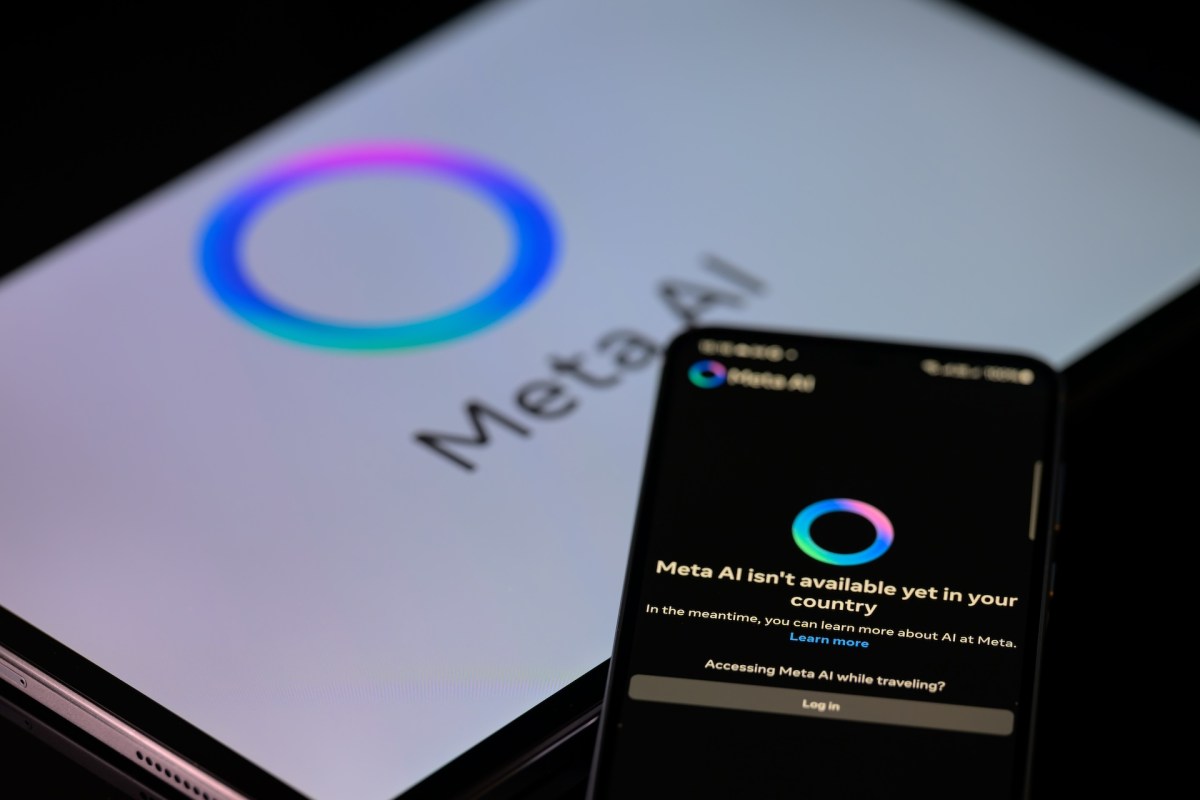
This decade of investing has come to be defined by one thing: interest rates.
The federal funds rate has sat north of 5% for more than a year now, a level neither seen nor sustained since the runup to the Great Recession. Which has everyone from bond traders to homebuyers asking the same question:
When will rates finally start to fall?
Optimism that the Federal Reserve would cut rates throughout 2024 was widespread to begin the year, but inflation’s small uptick to start the year has thrown cold water on those expectations.
So how far in the future could the first cut be? No one knows the exact answer, but history offers several reference points.
Rate peaks are common, plateaus less so
When you take a look at the past 40 years, the cyclical nature of short-term rates stands out:
- The economy heats up, the Fed raises rates.
- The economy cools down, the Fed lowers rates.
Rinse and repeat.
Historically-speaking, however, it’s usually only a matter of months until rates drop after peaking, which means our current cycle is starting to look more like a plateau by comparison. It’s already lasted longer than all but one other cycle since the 1980s.
Rate peaks have lasted 8 months on average since the late 80s
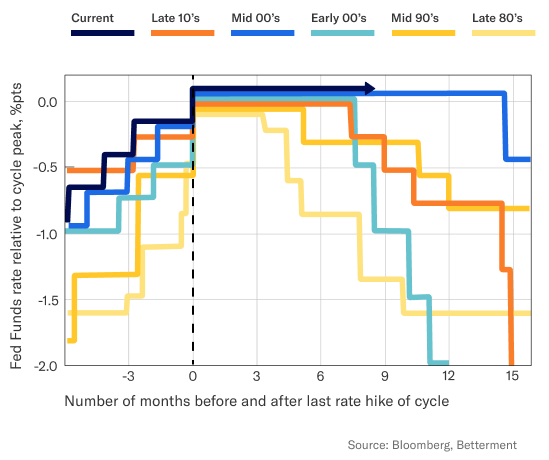 This holding pattern isn’t without reason, of course. Inflation has slowed considerably since 2022, but it’s been stuck in its own holding pattern as of late, hovering more than a full percentage point over the Fed’s stated target of 2%.
This holding pattern isn’t without reason, of course. Inflation has slowed considerably since 2022, but it’s been stuck in its own holding pattern as of late, hovering more than a full percentage point over the Fed’s stated target of 2%.
On the flip side, supply and demand appear better balanced, so if inflation resumes its slowdown in the coming months, then signs point to possible rate cuts late in the year.
So what’s a saver to do?
Consider deploying excess dollars
Whenever the federal funds rate falls, other interest rates follow, including variable interest rates on high-yield cash accounts. Stocks and bonds, on the other hand, tend to benefit from rate cuts.
Because of this, we suggest taking another look at your cash situation. If you’ve been stockpiling cash above and beyond an emergency fund and other major purchases, it may be the time to start investing some of that excess in the coming months.
Feeling anxious about diving into the market right now? Our all-bonds BlackRock Target Income portfolio offers the potential for higher yields than cash in exchange for taking on some risk. If or when a long-term goal comes to mind for those funds, consider switching to a diversified portfolio of stocks and bonds.
And keep in mind you don’t have to move all your money at once. With a few clicks, you can set up a recurring internal transfer to slowly but steadily dollar-cost average your way from cash to investing.


